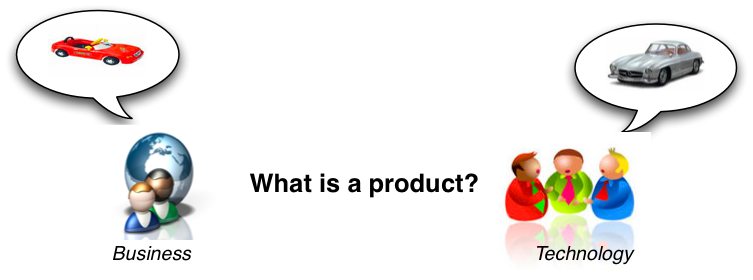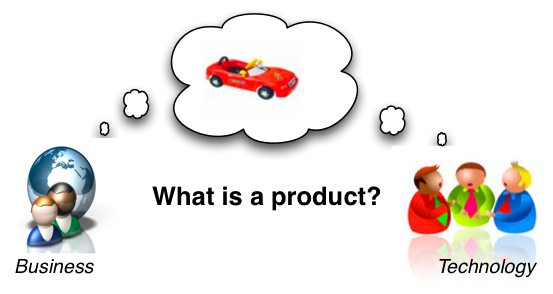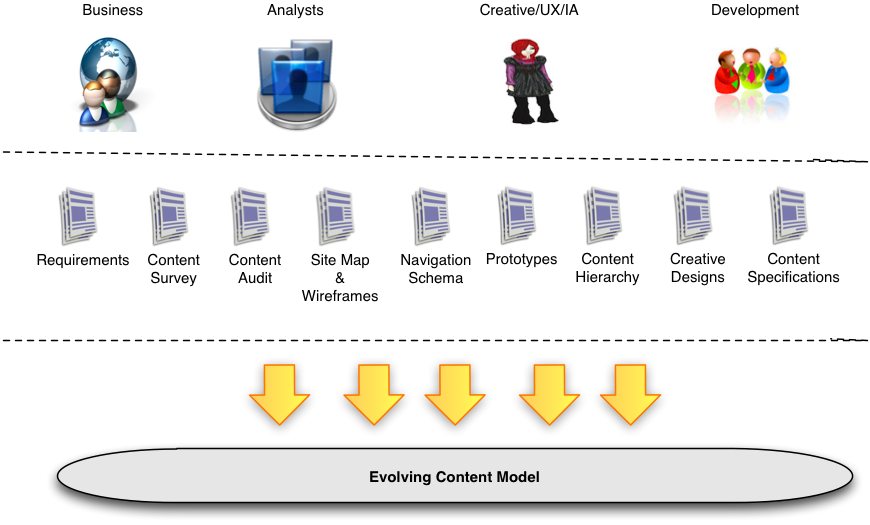Jun 18, 2009 0
Crossing the Great Content Model Divide
What happens today?
Delivering and maintaining large web sites is hard. It requires the business team to communicate what they want and for the technology team to deliver what they need. The two groups are known for not getting on. For a web project to succeed, they must eat from the same table, talk the same language and reach consensus. Communication is the key differentiator between success and failure here. It’s essential that when someone in the business says product that a developer not only understands what a product is but can implement it. Now, business and technology folks don’t share the same view of the world (which is a plus). However, not enough effort is invested to align these two views during the project(which is a minus). Think about it. The business is entrusting their most valuable assets, their content, to software developers that may or may not get it! We don’t have to live with great content divide.

What can be done?
I’ve found the best way for the business and technology teams to reach a common understanding of the subject matter is for them to collaborate on a shared view of the business domain. Have meetings, discuss stuff, card sort, write documents, role play, build prototypes, and so on. All important stuff. Keep doing that. But there needs to be something that captures the single source of truth that is a shared and mutually agreed upon representation of the business. The essential communication link between the business and technology team. That something is the content model.
How can we get better?
I’ve already spoken about content modelling and your essential first steps. I won’t go over that again. If you takeaway anything from this post, takeaway this.
Every CMS product implements its own content model that its developers understand. On your web sites, Your developers are translating your requirements into this content model, and rightly or wrongly, filling in your missing gaps.
Are you happy to hand over your business decisions around your content to them? How do you know if they have got it right? How do you know if its wrong? We all know the cost of fixing problems is prohibitively more expensive downstream. A short conversation upstream could have completely avoided the creation of major problems that tend to arise downstream.
Parking the details for now, the content model needs to be started upstream (analysis phase) and extend into downstream (development and testing phases) activities. The content model empowers the business, provides a common vocabulary for your content, and hooks in a number of downstream folks with a vested interest in managing your content going forwards. Maybe then we can start crossing the great content model divide.



